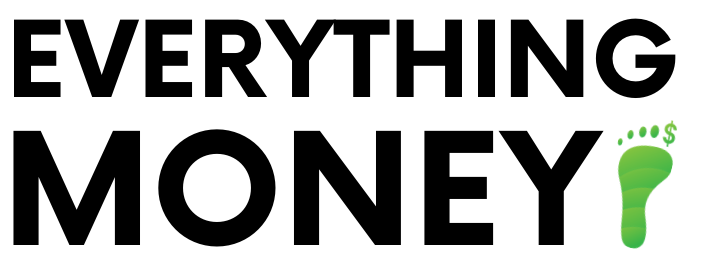
10 Jul How To Transfer Your Credit Card Balance
In a previous post, The World Is Your Market, So Haggle and Negotiate, we talked about negotiating your rates down on credit cards and student loans. Well I got a lot of questions regarding credit card transfers so I wanted to explain the process here.
Also, this is a timely post for me since I’m LITERALLY doing this right now for a business credit card to take advantage of better rewards from a different card. It’s a great thing for people to do personally as well because everyone should run their finances like a business (I did that for a LinkedIN post and it was very popular).
CNBC polled people and found that average credit card debt per person in the United States has reached nearly $6,400. This has gone up about 3% from last year. We still aren’t learning how to live with less but there is a silver lining.
Credit scores. They’ve gone up which means people are being smarter about their debt and paying on time. That’s a good sign! Better credit scores mean lower interest rates which means more money you save! So let’s get into step one.
Get Your Credit Score Above 670
The reality is that anything over 700 is where you need to be, but once you are above 670, its considered “good” as you can see on this credit score diagram.
Now remember, companies usually pull 3 different reports, Equifax, TransUnion, and Experian. These are the companies that track your number and they rarely match. Usually there is a close range, but I have great credit and one of those scores was 70 points lower than the other two and knocked me into a lower category for a quote!
You have to ask the creditor which number they will use. Some are scoundrels and use the lower number to give you a higher rate but they have to tell you if you ask. If that’s the case, go elsewhere, but most will take the higher number. Just remember…always ask. Trust no one when it comes to your money. Always verify.
If your credit isn’t very good, then transferring your balance is still an option but it may not help as much as others. It might be better to take actions to improve your credit score and then transfer the balance.
Find A New Card to Transfer Your Balance
Thanks to the internet, you should be able to figure this out in about an hour. If you’re like my wife, then it might take three hours as you overanalyze every little detail, but it will be worth it! It is important to read the fine print on the balance transfer.
If you don’t like reading tiny print, then give the credit card company a call and they usually are more than happy to help you since they want your business. Be sure to ask questions like “are there are early payoff penalties” or “what fees are involved with the process”?
As you research, here’s why doing a balance transfer can make such a big difference.
- Credit Card A is your current card. It has a balance of $10,000 at 18% APR with a limit of $12,000.
- Credit Card B has an offer for a $15,000 credit line, a promo for 0% APR for 12 months, and a 3% fee.
- If you were planning on aggressively paying your debt off on Credit Card A, and paid down $1000/mo at the 18% APR, you would pay $916.22 in interest during that year.
- If you transfer your balance to Credit Card B and pay it off in 12 months, then all you do is pay a 3% fee (the bank does this so they can make some money) and you only pay $300 in interest!
- The balance transfer in this situation saved you $616.22! And for people who have to pay interest longer than 12 months, the savings will be even higher.
Balance Transfers Are Easy
The hardest part is researching the best offers on all the credit cards. Once you’ve applied and been accepted to the new credit card (or if you are using a different, existing credit card), there is usually something in the process where you input the account numbers of the accounts that you would like to payoff. Input your numbers there and the process becomes automatic.
I should note that you can transfer multiple card balances to just one and consolidate it for simplicity and the better deal. It’s a great strategy! Don’t worry about the bank not approving you if they see too much debt. They have your credit report so they can see all of your debt anyway. Many sources inside the banking industry have told me they tend to look favorably on this strategy and are more likely to approve you than if you didn’t.
Once you do this, BOOM! It’s done and you don’t have to do anything else except start paying off your balance on your new card! Go forth and save money!

